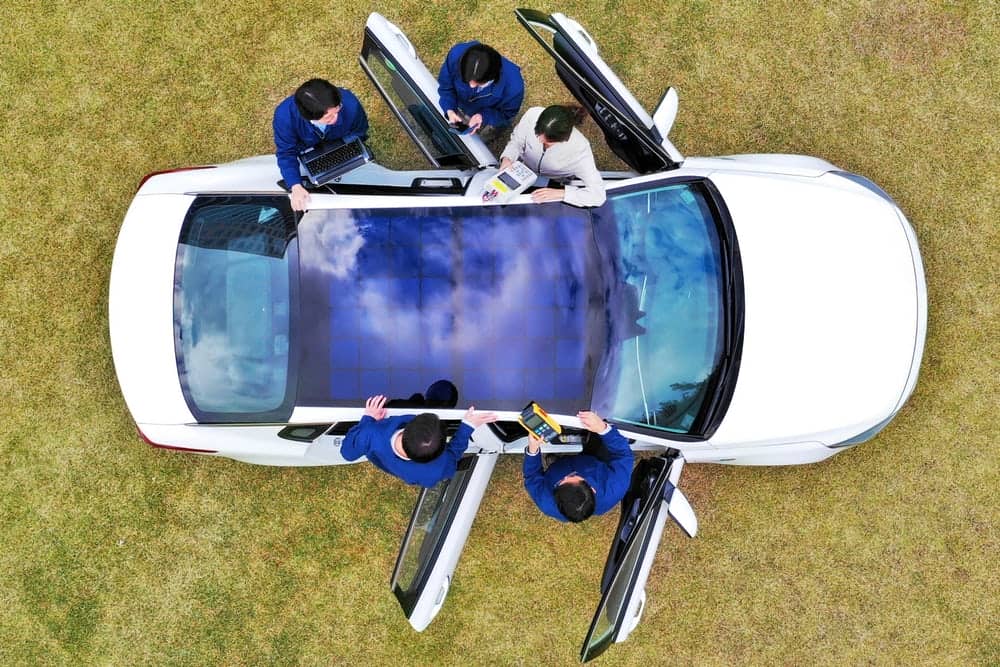Hyundai is giving some details on its new cars and it seems that the company is taking a new approach towards fuel efficiency. From 2020, they will add solar roof panels to both their electric vehicles and gas models to boost their efficiency. The solar integration will evolve to include a semi-transparent, solar-harvesting sunroof and hood combo.The solar roofs will help to improve the efficiency and cut emissions on a selected range of Hyundai and Kia vehicles. Hyundai Motor Group is taking part in SEMA with their high-performance components and concept cars.
They will also feature the growing electric and hybrid lineup but also the gas vehicles which directly charge the batteries and cut the workload on the internal combustion engine (ICE). The company has announced a three-stage deployment for the cars. The first stage will have mass produced silicon solar panels which are mounted onto the standard roofs of hybrid vehicles. Hyundai estimates that these panels will be capable of charging the battery between 30 to 60 percent each day as per the weather conditions. The second stage will be to apply the semi-transparent solar roof system to ICE-powered vehicles. The panels will charge the main battery or an auxiliary battery which is included as a part of the system while mixing up naturally into the sunroof structure.
Hyundai expects that this strategy will help ICE vehicles meet global emissions regulations and will boost the export numbers. The third stage which is currently under study will see the integration of solar panels into the vehicle structure. The installation will be done on the roof and hood both. This system will increase solar output across a range of eco-friendly vehicles. Jeong-Gil Park, the executive VP of engineering design division at Hyundai Motor Group, said, “In the future, various types of electricity generating technologies, including the solar charging system, will be connected to vehicles. This will enable them to develop from a passive device that consumes energy to a solution that actively generates energy.” The company has not laid a complete timeline for all the three stages however it intends to launch the first solar roof systems after 2019.

